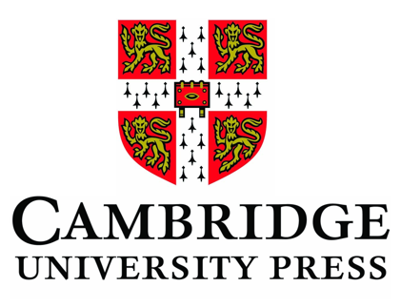 A paleontology journal has retracted a recent paper after discovering it had published the uncorrected version of the manuscript.
A paleontology journal has retracted a recent paper after discovering it had published the uncorrected version of the manuscript.
The mistake occurred after the authors submitted revisions to the manuscript without tracking the changes, prompting the publisher to believe nothing had been changed and publishing the previous version. The journal initially told the authors it planned to publish an erratum that described the mistake as a production error, but then retracted the paper—seemingly without consulting the authors. However, the authors said they were happy with the outcome.
Glenn Brock, an author on the Journal of Paleontology paper, told Retraction Watch:
In a nutshell, J. Paleontology didn’t make the corrections to the proofs we marked up before they uploaded the DOI version to the journal website! The happy ending is that the final (printed and online) versions will have all of the necessary corrections. The “retracted” version is essentially the uncorrected set of proofs. The authors insisted that the corrected version of the proofs replace the incorrect version and so the incorrect version was retracted by the publishers.
The corrected version of “Eldonioids with associated trace fossils from the lower Cambrian Emu Bay Shale Konservat-Lagerstätte of South Australia” was published January 19, along with a retraction notice, which does not mention a publisher error:
An incorrect version of the article by Schroeder, Paterson, and Brock (2017) was initially published. As such, the original version has been retracted, and the correct version of the article has been published (under doi: 10.1017/jpa.2018.6) online and in the print version of this issue. The original version has been updated to indicate the retraction, and the correct version is now the version of record.
Cambridge University Press and the Author regret this oversight.
A correction becomes a retraction
An email thread between an editor at Cambridge University Press supports the narrative provided by Brock, an associate professor at Macquarie University in Sydney, Australia.
In October 2017, one of the authors submitted corrections to the proof pages. According to the editor (who asked not to be named), the authors made corrections to the proofs without using the Adobe Comment and Markup tools:
We received completely clean proofs. Because there was nothing marked for correction, we thought the authors had approved the initial proof we sent and we published the version we already had.
The paper appeared online December 4, 2017. A week later, Brock contacted the journal to alert them to the mistake, asking it to make the changes to print version. A few days later, the editor responded:
Normally, as these errors were the result of how the author prepared the proofs for correction, we would create a Corrigendum notice that describes how the errors were introduced (or why the corrections were omitted). Such a notice would then outline all the corrections that should have been made, but as changes are needed on virtually every page, we will need to reset this article and run a correction notice.
However, I feel we share some responsibility as we did not caution authors on the dangers involved in resetting their proofs themselves or discover what had occurred until after publication, so I’d prefer to create an Erratum notice for this article that describes the correction notice as a production error…
On December 17, the authors submitted a corrected version, with mark-ups of the changes. The next day, the editor responded that the journal would send the authors a revised proof and a correction notice for approval.
On January 11, the editor told the authors the journal had taken a different approach. In an email headed “GOOD NEWS!,” the Cambridge editor told the authors:
Due to the extent and nature of the errors in the version of your article that was published online on First View, we were able to retract your article on First View.
This is very good news!
It means that we were then able to publish the CORRECTED version of your article that you recently approved in the main body of the Special Issue with just a retraction notice. A much cleaner and more elegant solution!
The editor told us that the journal retracted the paper on January 9.
Despite the perceived stigma associated with retractions (although mostly true in cases of misconduct), Brock said the authors were happy with the decision to retract the paper:
The authors are satisfied with the final outcome.
Like Retraction Watch? You can make a tax-deductible contribution to support our growth, follow us on Twitter, like us on Facebook, add us to your RSS reader, sign up on our homepage for an email every time there’s a new post, or subscribe to our daily digest. If you find a retraction that’s not in our database, you can let us know here. For comments or feedback, email us at [email protected].
Those e-proofing systems are so terrible, I’m not surprised someone didn’t use the proper tools in Adobe.
I was trying to do some proofs last night, but I wasn’t using a supported platform/browser which made the whole thing very difficult and stressful. It’s not that my software is out of date (everything auto-updates), it’s that the e-proofing services company hadn’t noticed that browsers get updated much more frequently than once every 4 years.
What really needs retracting is e-proofing systems that don’t work properly on modern browsers.
This highlights the need for nomenclature that distinguishes between “retractions” for misconduct and for other reasons.
I have suggested the generic term withdrawal for removal of an article where there is no question of scientific misconduct by the authors.
A retraction should carry with it the meaning that data was fabricated or falsified or that there was plagiarism or another serious ethical lapse by the authors.